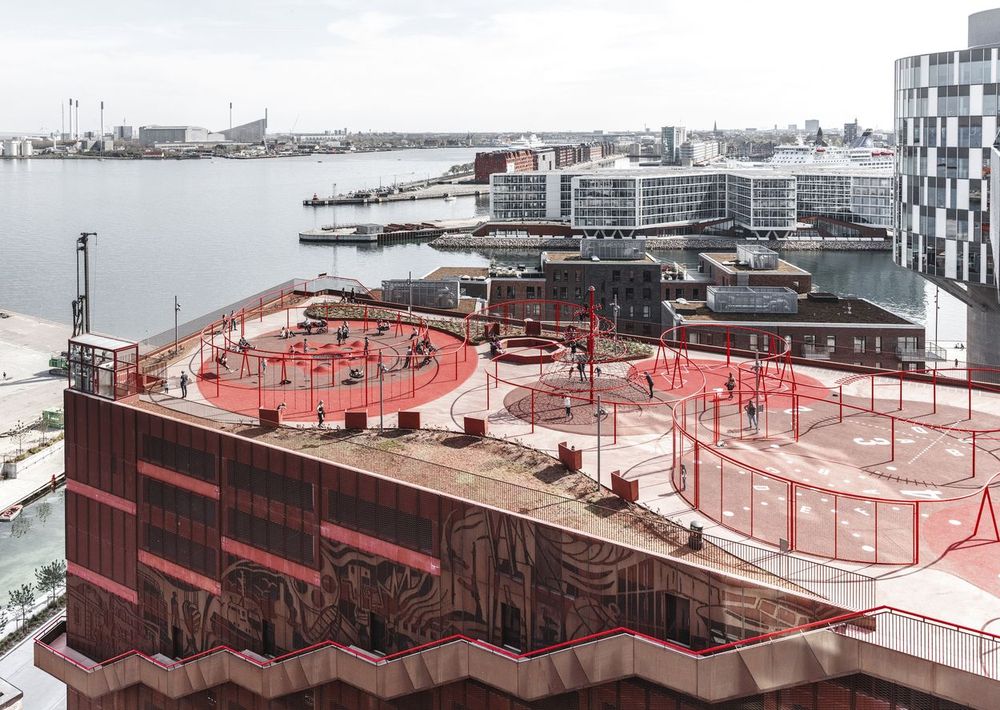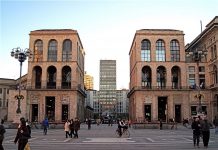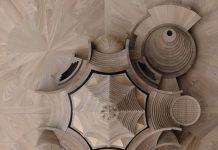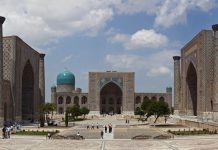The formation of the architectural scale required by the ensemble is primarily a matter of choosing a system of detailing its structures and spatial structure. It does not depend on the construction technology dictating the pitch of the columns, the size of the panels, on a straight-line function that suggests the dimensions of the space or building, on the recommendation of an environmental plan indicating the module of landings or the division of the relief.
These metric characteristics of the environment, and hence the properties of the scale scale, have a fairly significant range of values, and it is up to the architect to use the opportunities that lie before him. Because the main criterion for choosing a large-scale series is a creative idea based on an understanding of the general urban planning situation and specific artistic tasks of forming this fragment of the urban environment.
The application of provisions on scale in the design of open spaces has its own characteristics .
Firstly, the main task here is to give this complex of objects large-scale characteristics that correspond to the imaginative beginning, which is due to the functional and content basis of space and its geometric parameters. A special role is played by the selection of the main element of the composition with the help of large-scale constructions, which determines its figurative structure (the dominant ensemble of the Exchange surpasses its environment in scale, which has a more fractional scale scale). It should only be remembered that “scale” and “scale” are only part of the techniques of architectural design and act in combination with other attributes of architectural form: mass, silhouette, a system of three-dimensional subordination within the composition and in its surroundings. Thus, the scale of the Exchange and the Summer Garden is also guessed in comparison with other components of the space – the broken silhouette of the Peter and Paul Fortress, the smooth line of the Palace Embankment structures, the elastic step of the bridge arches framing these “interiors” formed by the river.
Not only the planning and volumetric components (fences and interior panels) are subject to large-scale study. The interpretation of architectural themes that form the composition of the urban environment is an important, but not the only direction of work. We also need to work with the scale of the actual space, the size and structure of which can be emphasized by the characteristics of the fence blocks, can be modified, divided into independent parts according to the mood, as it was done on Sovetskaya (Tverskaya) Square in Moscow, Theater in Vladimir.
At the same time, the principle of hierarchy of the large-scale structure of urban space is of the most important importance. G.P. Stepanov points out that “within the main scale, large-scale systems can exist, as it were, closed in themselves, each of which acts as an integral element in relation to the whole” – the large-scale structure of the structure, which allows the architect to participate in the formation of the environment through any of its components and at any stage of development. He can develop a composition in the totality of all its components, but he can influence the whole without changing all its parts, but only taking into account their architectural features in working on the component assigned to him.




















